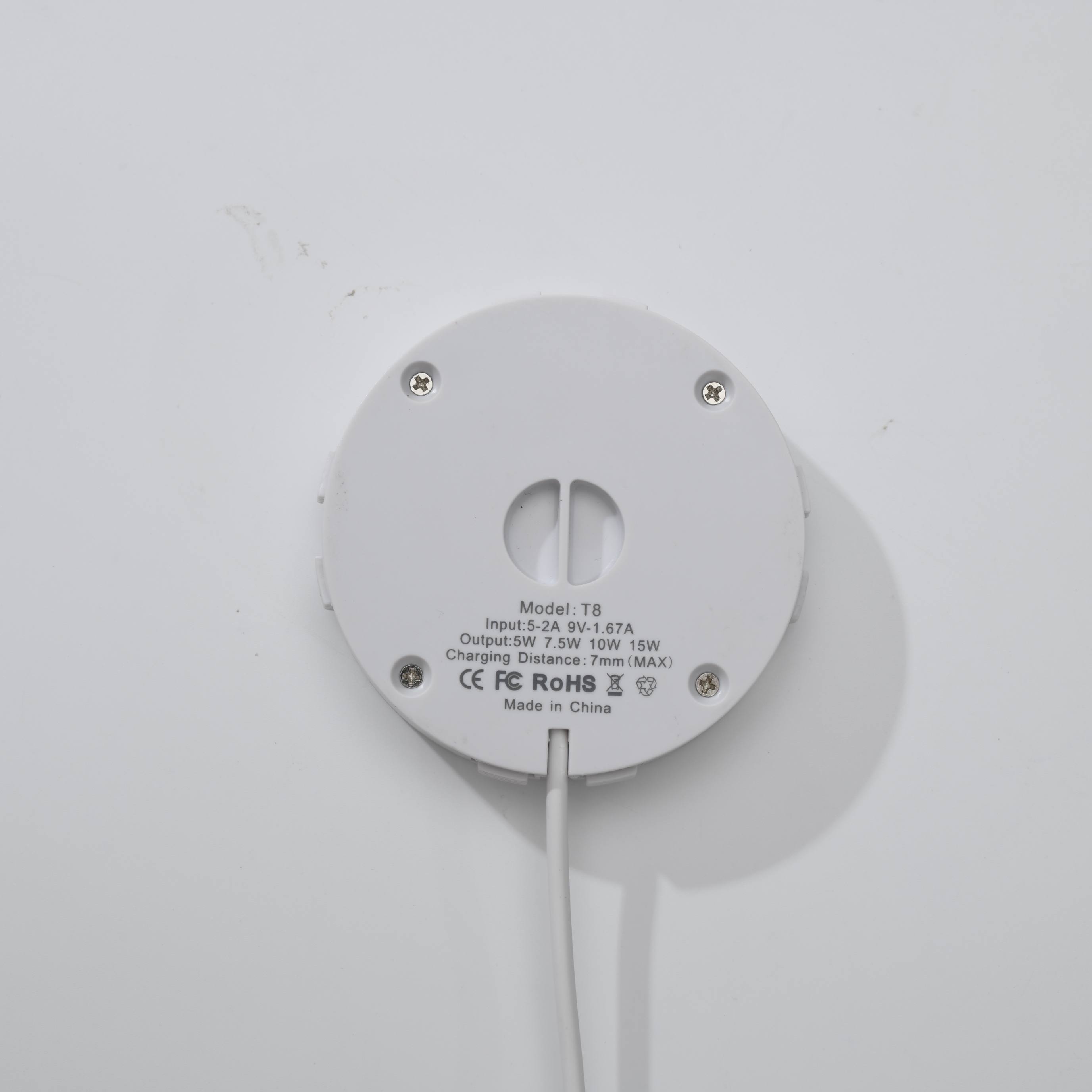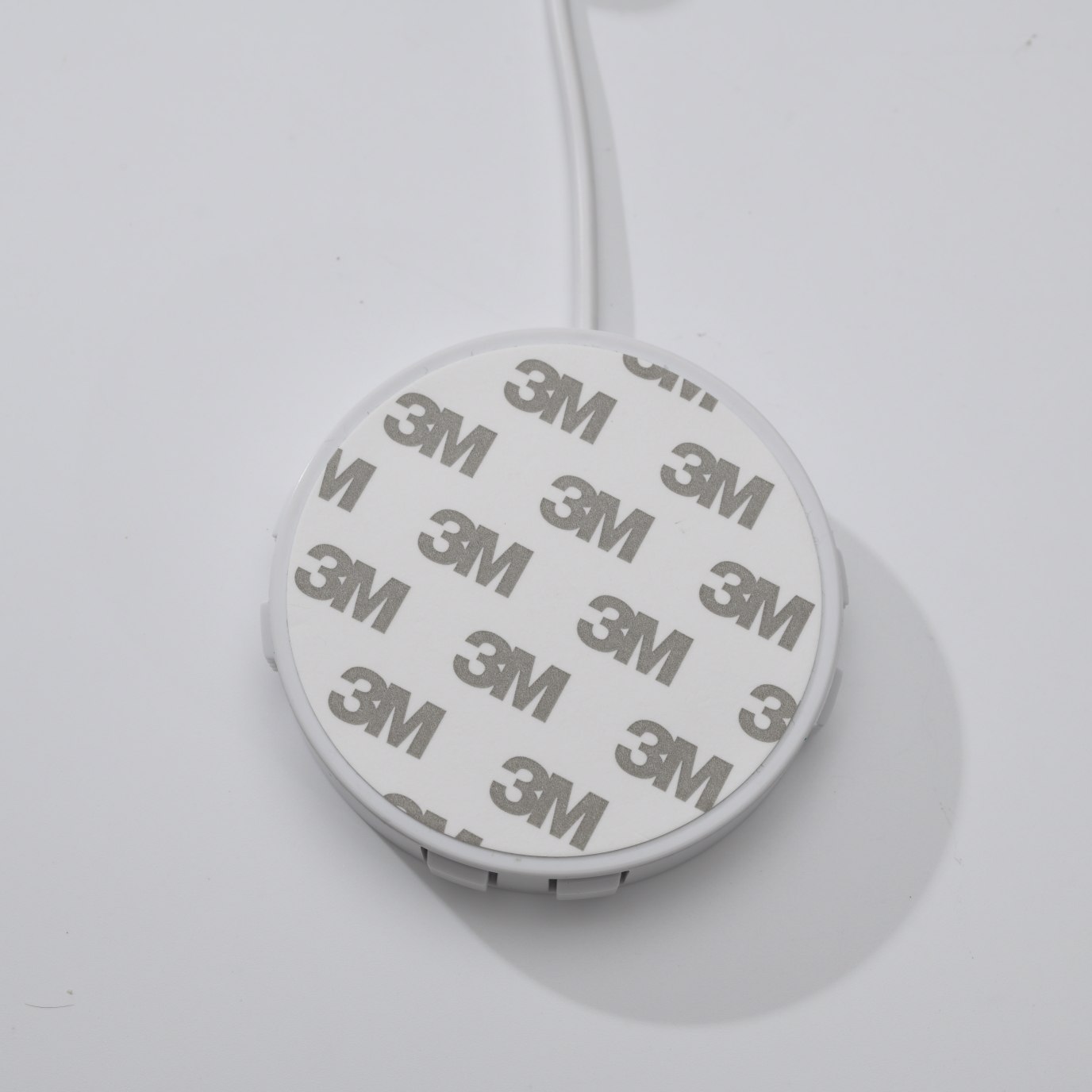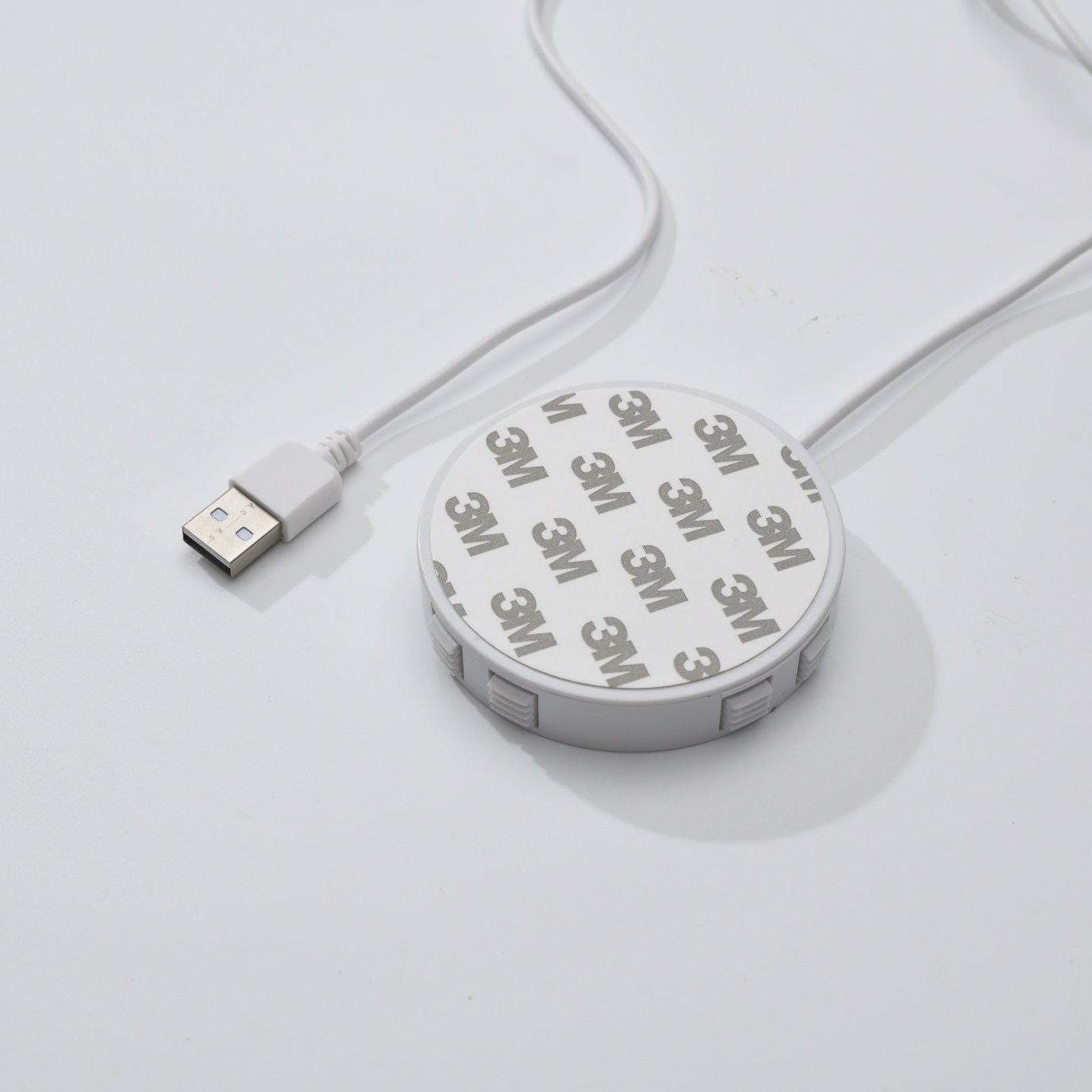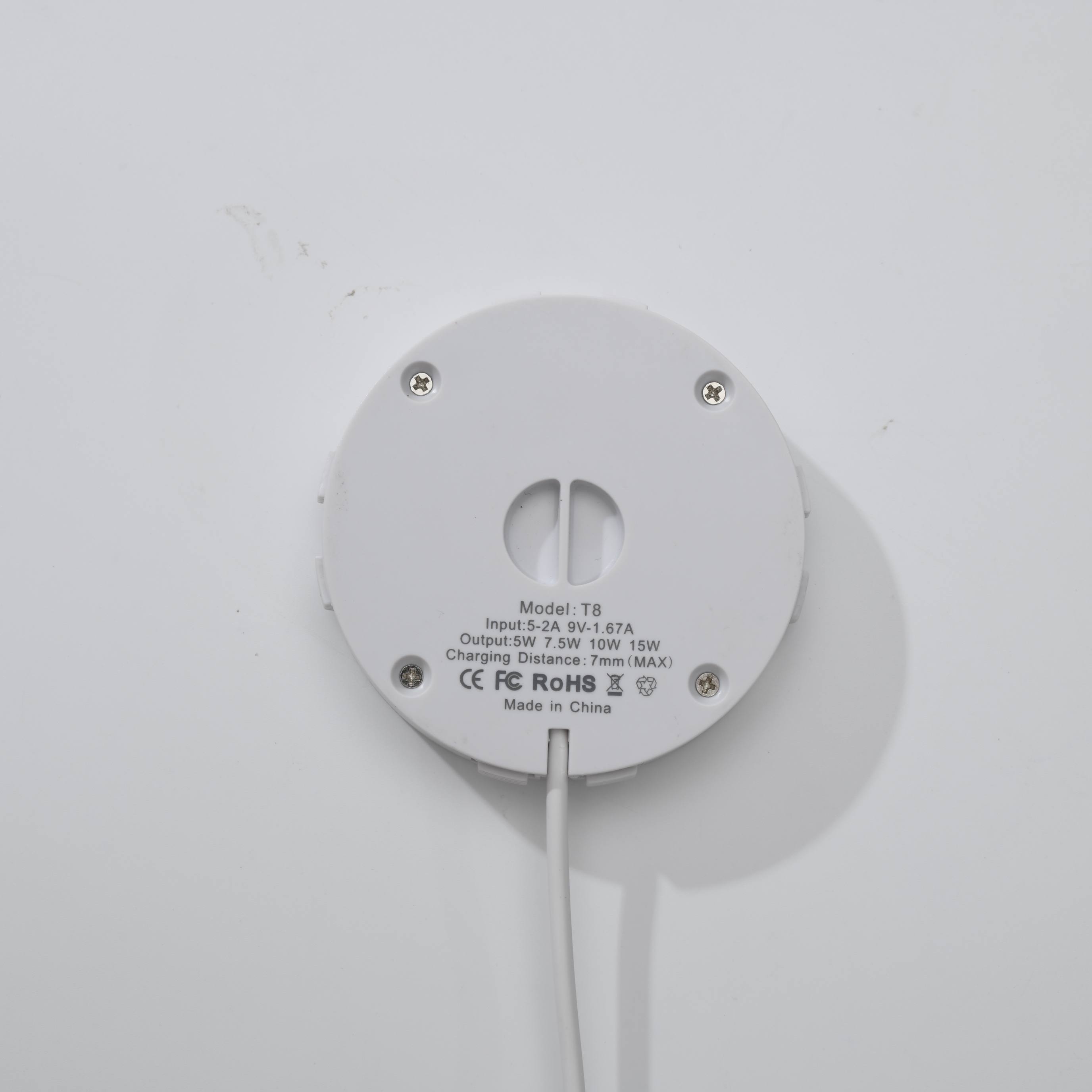

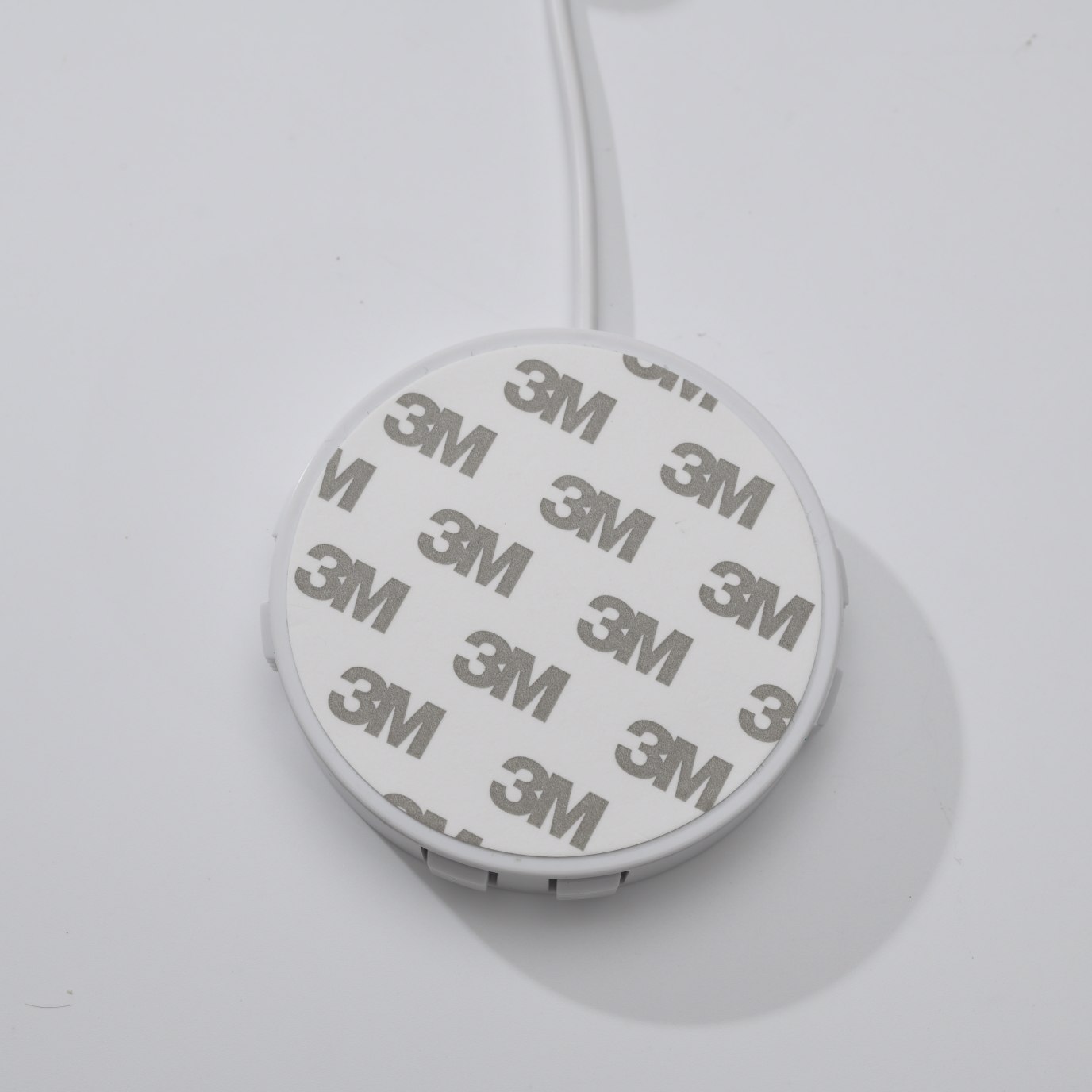
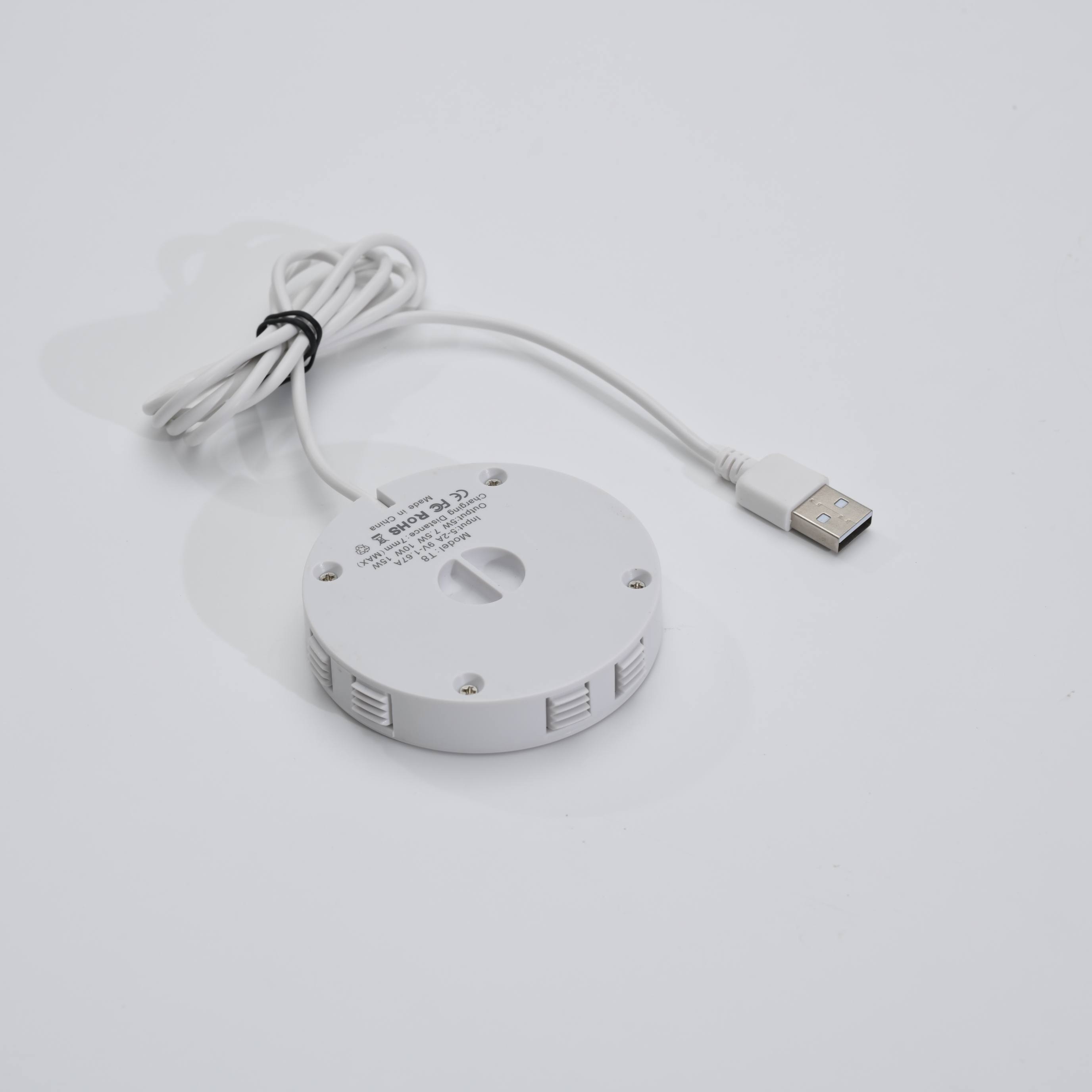
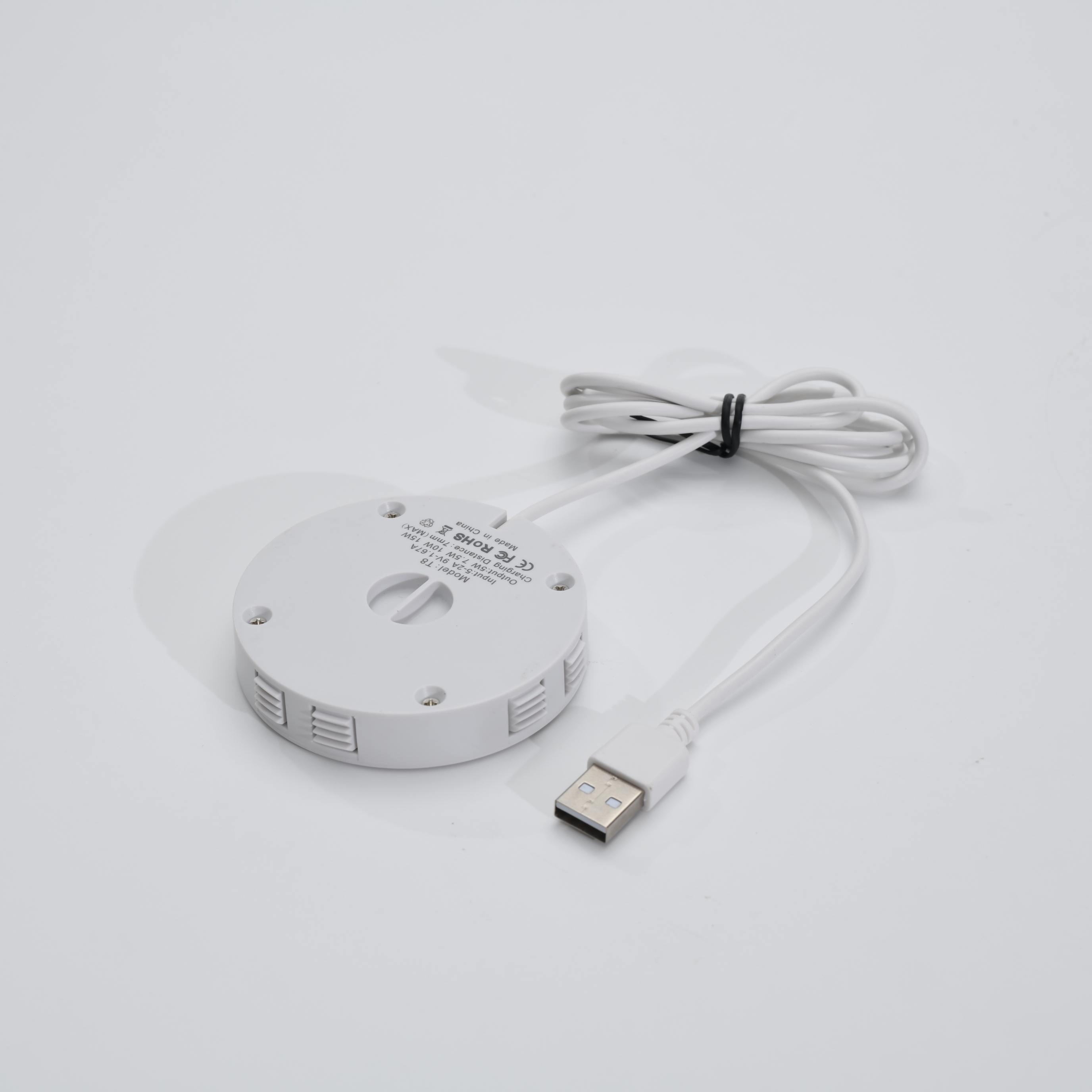
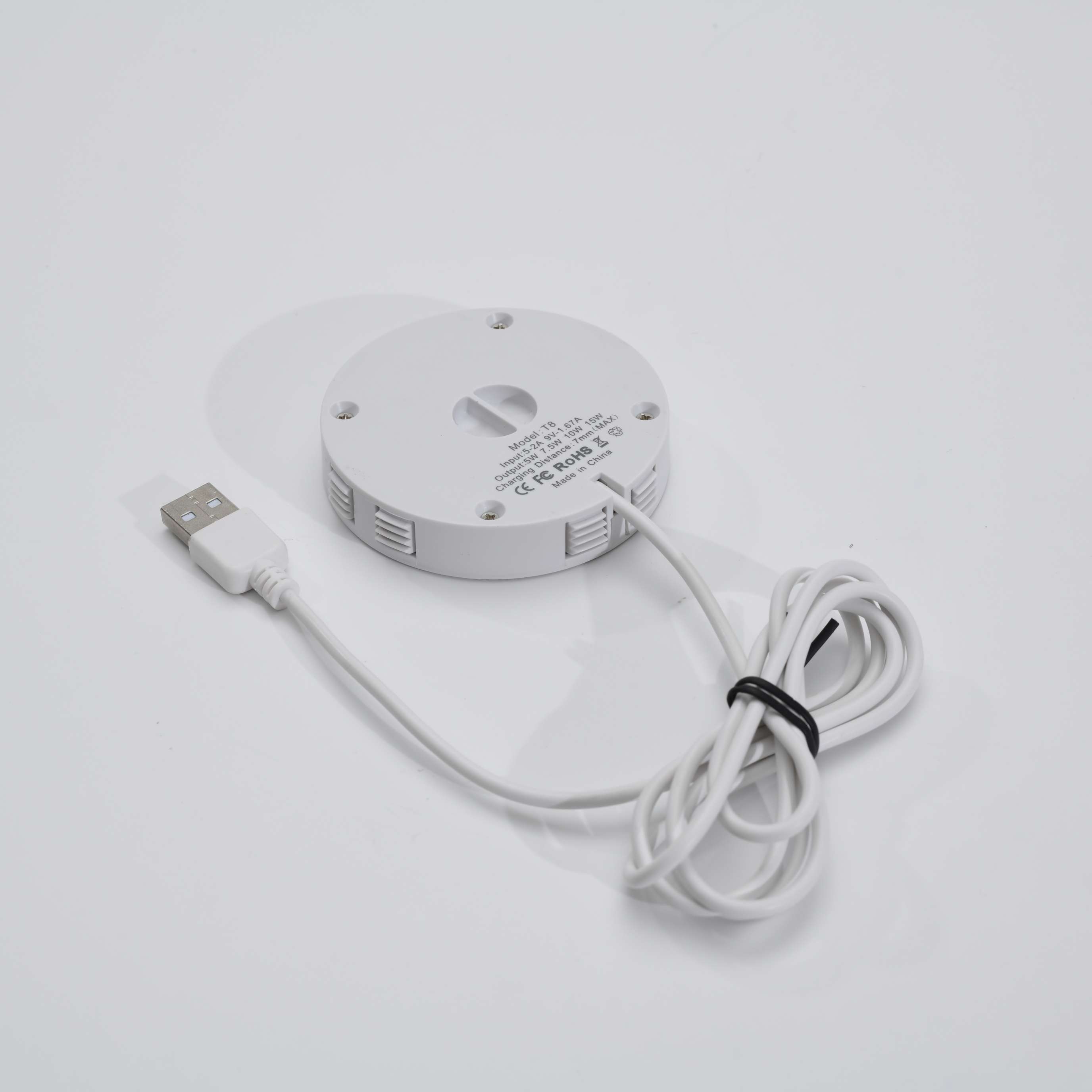


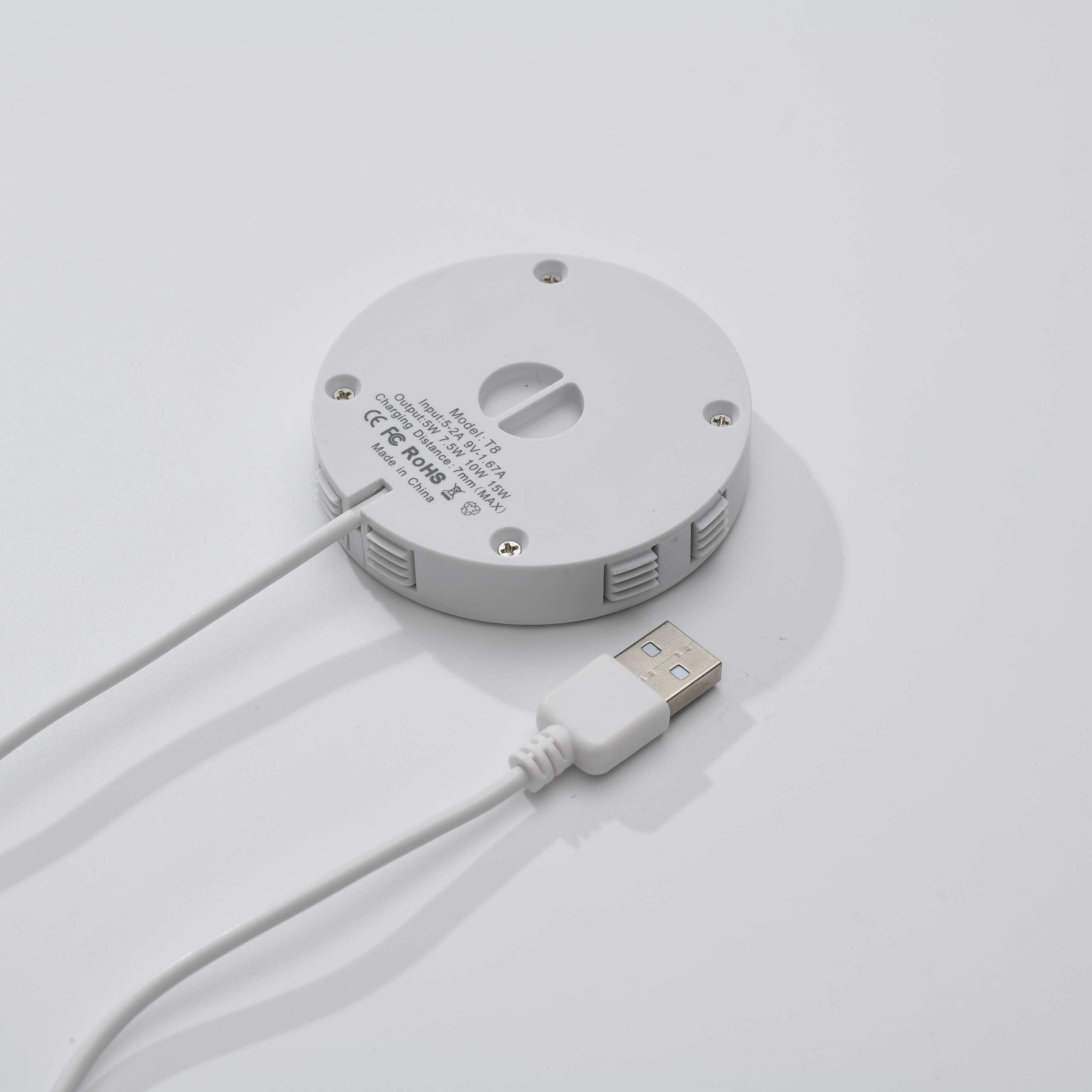

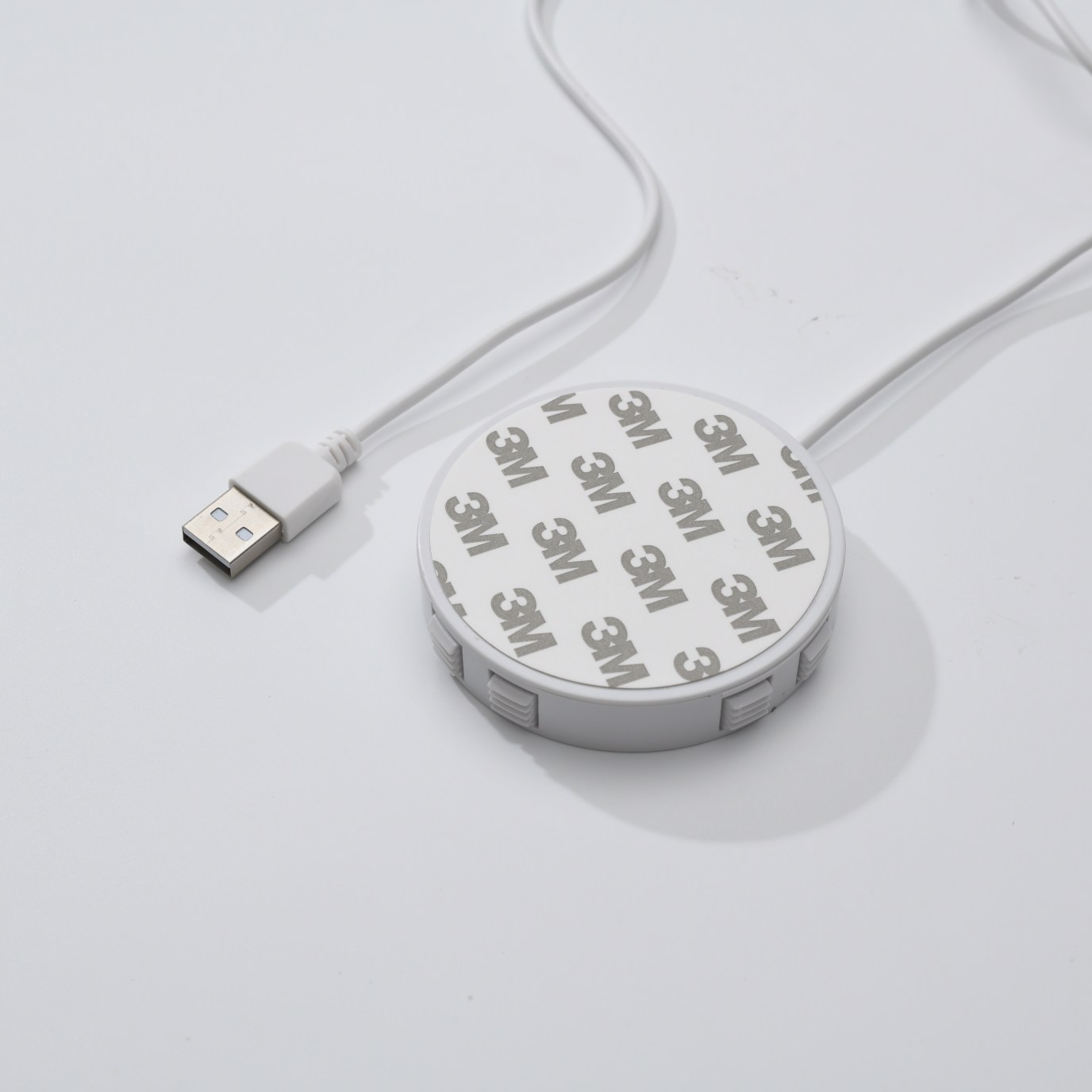
Embedded Isolated Wireless Charger
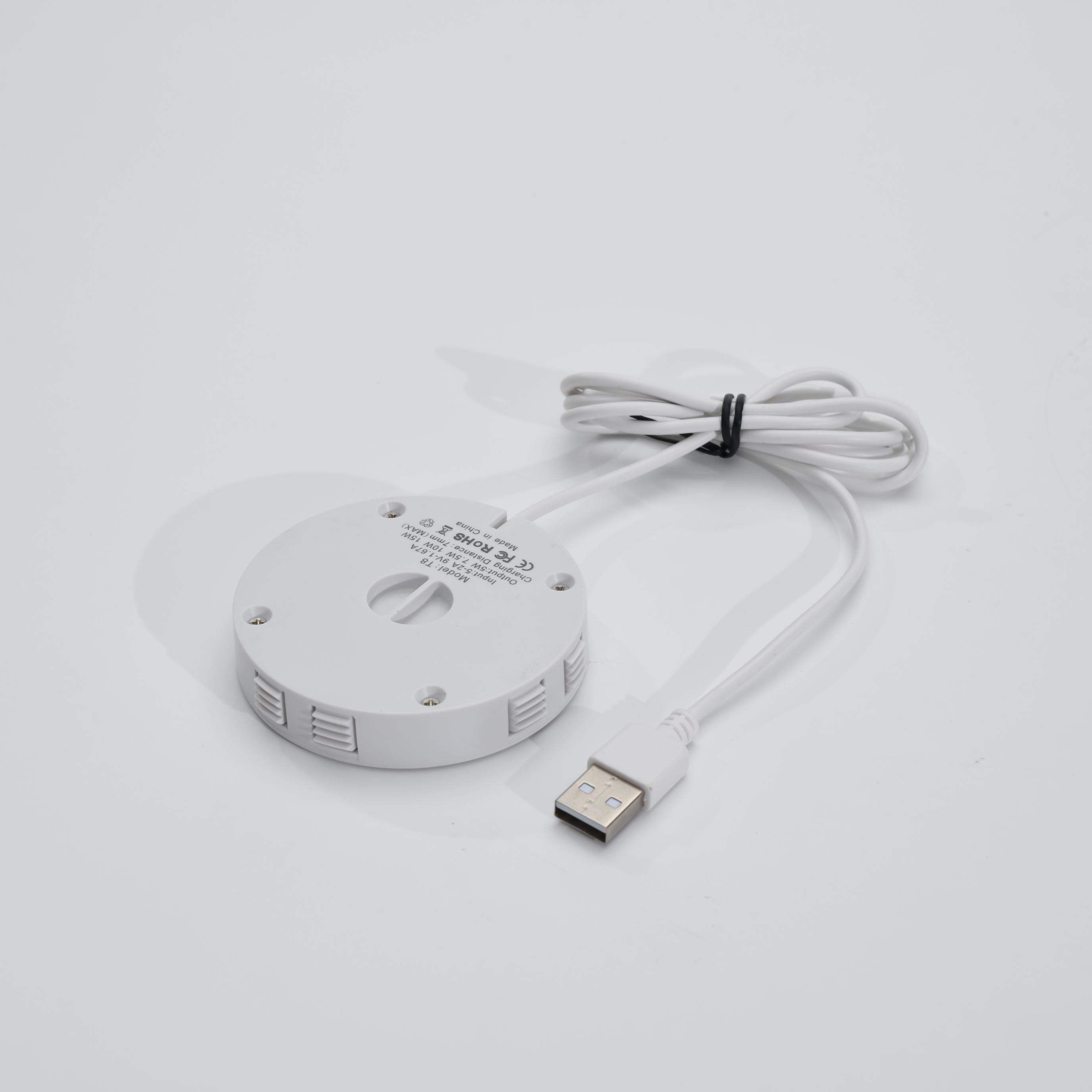
Embedded Isolated Wireless Charger is a wireless power supply device based on the principle of electromagnetic induction and with electrical isolation function. Its charging coil module is embedded in the desktop, device housing, industrial control system, medical equipment or industrial terminal, and transmits energy through spatial coupling between the transmitter and the receiver, while preventing signal interference, current leakage or high-voltage crosstalk through physical/electrical isolation structure.
The biggest feature of "isolated type" is that there is no direct electrical connection between the transmitter and the receiver, and a magnetic field or electric field is used for completely contactless power supply. While ensuring efficient transmission, it provides higher safety and environmental adaptability, and is particularly suitable for harsh environments, medical sterile environments or high-voltage industrial systems.
2. Technical features
1. Electrical isolation structure design
Description: The electrical isolation between the transmitter and the receiver is constructed through air gap, packaging, and non-conductive magnetic materials to avoid short circuit, arc, and EMI interference.
Professional parameters:
Isolation voltage level: ≥ 2.5kV RMS
Air gap distance (Air Gap): ≥ 3mm
Leakage current: < 10μA
Advantages: Greatly improves the safety in high voltage, humid, dusty, and corrosive environments, and prevents the risk of electric shock and overload of equipment.
2. Embedded installation integration
Description: It adopts a modular packaging structure and can be integrated into the desktop, equipment housing or cabinet without exposed interfaces.
Professional parameters:
Module size (typical): Φ70mm x 12mm / 80mm x 15mm (customizable)
Installation method: embedded fixation, back adsorption, PCB bonding welding
Advantages: Improve the integrity, aesthetics and protection level of the equipment, and avoid interface pollution, wear or misconnection.
3. Wireless power supply efficiency and protocol support
Description: Support Qi standard, customized industrial protocol, and use adaptive frequency modulation technology to improve coupling efficiency.
Professional parameters:
Operating frequency: 110kHz ~ 205kHz
Transmission power level: 5W / 10W / 15W (customizable to 30W+)
Maximum transmission distance: ≥ 6mm (penetrating plastic/wood/glass)
System conversion efficiency: ≥ 76% (under 15W load conditions)
Advantages: Efficient charging/power supply without metal contacts or plugs, avoiding loss, heating and interface wear problems.
4. Isolation protection and intelligent identification mechanism
Description: With FOD foreign body detection, overvoltage and overcurrent protection, temperature monitoring and short circuit protection.
Professional parameters:
FOD response time: < 400ms
Overtemperature protection point: 65°C ± 5°C
EMC interference level: Meets CISPR 32 Class B requirements
Advantages: With industrial-grade safety and reliability, ensuring stable operation in complex environments.
5. Support customized communication feedback mechanism
Description: High-end models can integrate UART, CAN, I²C or Bluetooth BLE and other communication methods to achieve system linkage.
Professional parameters:
Communication rate: I²C @ 400kbps / UART @ 9600bps
Support data transmission functions (such as device identification, power feedback, authentication verification)
Advantages: It can be applied to closed-loop power supply control of smart devices to achieve the integration of wireless power supply and information interaction.
III. Application scenarios
1. Embedded medical equipment
It is used in sterile operating rooms to power surgical light control modules, medical cameras, diagnostic instruments, etc. to prevent plug contamination.
Adapt to SUS shell penetration power supply to ensure stable transmission and safe contact with patients.
2. Industrial automation field
Industrial robot arms, AGV carts, sensor terminals power supply to avoid cable entanglement or socket wear.
It can continue to power supply and operate in oily, high temperature, and dusty environments to reduce the frequency of manual maintenance.
3. Smart home and office
Embedded in conference tables, desks, and bedside tables to achieve wireless, isolated and safe charging, and support intelligent identification of user devices.
Penetrate wood or ceramic materials in home environments to avoid exposed structures affecting the appearance.
4. Marine or humid environment equipment
In humid places such as the seaside, yachts, and outdoor landscapes, embedded non-contact charging can be used to avoid salt spray corrosion.
Often used in combination with IP67/IP68 grade housings.
5. Rail transit and energy equipment
Used for safe isolation charging in high-voltage systems (such as battery pack monitoring modules and track sensors) to avoid high current crosstalk.
IV. Maintenance and maintenance recommendations
Although the embedded isolated wireless charger is a contact-free structure, which theoretically reduces the maintenance frequency, regular inspection and maintenance are still required to ensure long-term stable operation.
1. Keep the contact interface clean
Although there is no exposed metal, dust and oil on the panel will reduce the charging efficiency. The shell should be wiped every 2 weeks.
Wipe with a dry cloth or alcohol cotton cloth that does not shed fibers. Do not use wet wipes or water to clean.
2. Monitor the operating temperature of the device
If the temperature exceeds 65°C during continuous operation (common in high-power models), check whether the heat dissipation channel is blocked or the environment is poorly ventilated.
Temperature labels or thermistors can be used to monitor the heating area.
3. Regularly test the FOD protection function
Test with standard metal foreign objects, which should trigger charging interruption and alarm.
If the FOD does not respond or the delay is greater than 1 second, it is recommended to replace the control board or refresh the program.
4. Check the module fixity
The embedded structure should not be loose. If the module is found to be shaking, shifting or the plastic shell is cracked, it should be immediately stopped and replaced.
Pay special attention to whether the fixing screws used in vehicles, industrial equipment and other places with strong vibration are loose.
5. Power input detection
Ensure the use of a DC power supply that meets the requirements (9V/2A or 12V/1.5A)
It is not recommended to connect to an unregulated power supply with large voltage fluctuations (such as a low-quality USB extender), otherwise it may cause overvoltage startup or chip lock.
